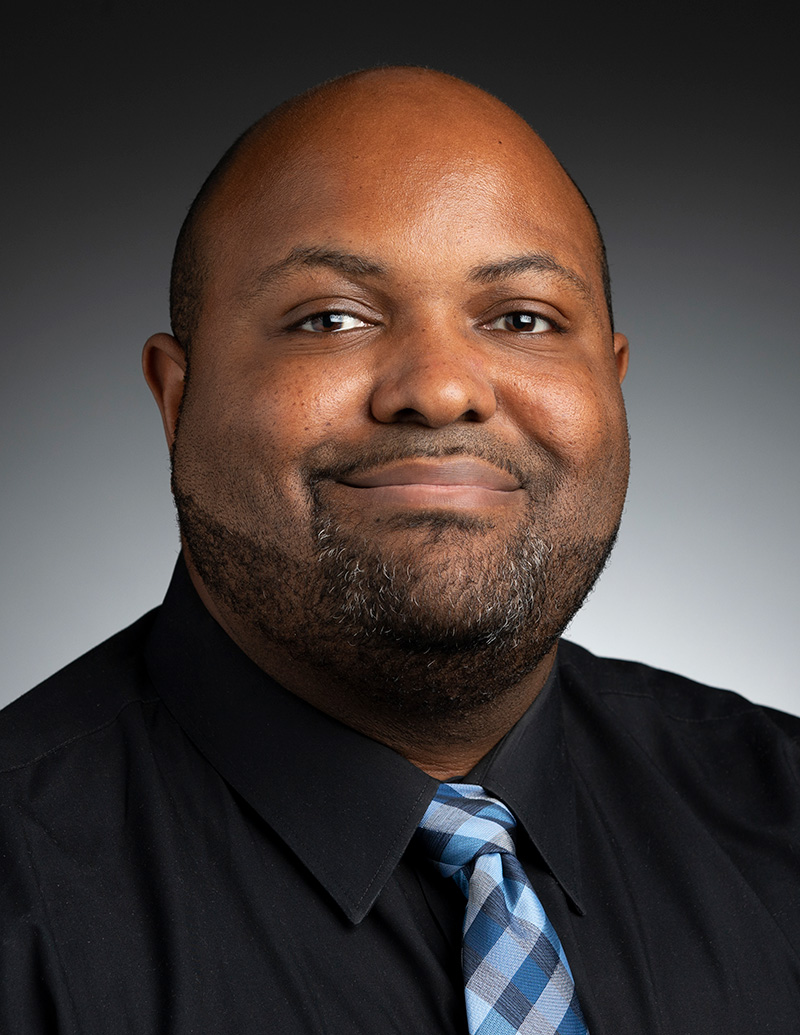News
Johns Hopkins APL’s Plummer Providing Engineering Expertise to Air Force Advisory Board

Credit: Johns Hopkins APL
Anthony Plummer Jr., a communications and networking engineer in the Asymmetric Operations Sector (AOS) at the Johns Hopkins Applied Physics Laboratory (APL) in Laurel, Maryland, is helping the U.S. Air Force tackle missile defense and other national security challenges as a member of the Department of the Air Force Scientific Advisory Board (SAB).
The SAB is a federal advisory committee that provides the Air Force with advice on science and technology matters. Formed in 1944, SAB reports directly to the secretary of the Air Force. Its studies and technical reviews have a major influence on the service’s research and development programs and the capabilities they develop. Board members are appointed by the secretary of defense and are “eminent authorities in the fields of science, technology, manufacturing, acquisition process and other matters of special interest” to the Air Force.
Plummer, who received his master’s and doctorate at Michigan State University, was approached to join the board in April 2022 by Leo Kempel, dean of Michigan State’s College of Engineering. Noting that he’s known Kempel for many years, Plummer added that the dean was one of his wife’s academic advisors.
Plummer is the assistant supervisor of the Mission Critical Communications Group in AOS. He has spent most of his 12 years at APL working on software projects, building systems to interface with communications equipment or to execute different types of mission applications.
He said this experience and unique perspective help make a difference with his work on the board.
“I’m the only comms person on the team. So in my role, I’ve been able to bring that perspective,” Plummer said. He added that his expertise helps SAB members understand strategies to enable connectivity between Air Force bases to support communications and access to mission applications such as linking sensors to various systems and to the warfighters using them.
This year, the SAB is supporting four Air Force studies. Plummer noted that there are about 70 people on the board, with roughly 12-15 working on each study. He added that the board study he’s participating in, Scalable Approaches to Resilient Air Operations, looks at how the Air Force protects its installations from a range of attacks, identifies gaps or shortcomings in those methods, and suggests alternative means of defense against threats like missiles and drones by deploying and coordinating systems such as guns and directed-energy weapons.
The SAB meets one week every month at various Air Force and Defense Department facilities around the country, such as Eglin Air Force Base in Florida and Wright-Patterson Air Force Base in Ohio. Although the work is a major time commitment, Plummer said he’s learning a lot about missile defense and electromagnetic systems.
“Being on the study is a nice balance because I’m getting a chance to look at real threats and talk to different folks about why we need these resilient and adaptive communications,” Plummer said.
At APL, Plummer works on software-defined wide-area network technologies. He noted that the Air Force is building out this capability to dynamically use all available data and communications transport methods at a particular base or location. The capability can utilize connections from military or commercial satellites to terrestrial fiber-optic cable, cellular or military radio sources if they have internet protocol links.
“It’s a new capability, the kind of cutting-edge capability that enables the Air Force to have resilient comms between its air bases,” Plummer said.
Plummer is one of many APL staff members serving on boards advising the military services and Department of Defense on science, technology and policy needs.